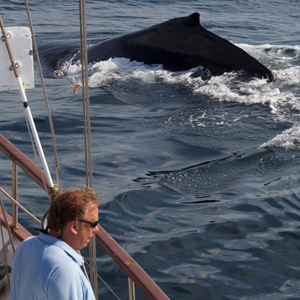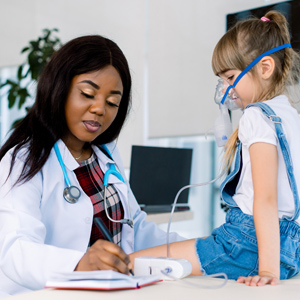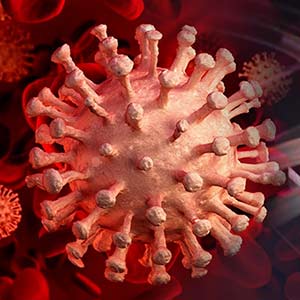 Hammock holds a joint appointment with the UC Davis Comprehensive Cancer Center and Department of Entomology and Nematology. (Photo courtesy of Kathy Keatley Garvey / UC Davis)
Hammock holds a joint appointment with the UC Davis Comprehensive Cancer Center and Department of Entomology and Nematology. (Photo courtesy of Kathy Keatley Garvey / UC Davis)In a study funded in part by NIEHS, researchers reported April 1 that certain fatty acids in the blood of COVID-19 patients may predict the severity of adult respiratory distress syndrome (ARDS). The fatty acids may also offer a target for treatment. ARDS, characterized by fluid buildup in the lungs, is the second leading cause of death in COVID-19 patients, according to the National Center for Biotechnology Information.
Bruce Hammock, Ph.D., longtime NIEHS grantee and director of the NIEHS-funded University of California, Davis (UC Davis) Superfund Research Program (SRP) Center, led the study. His team examined six COVID-19 patients over five days and found that those with severe lung involvement showed higher levels of certain fatty acids compared with healthy control subjects. These fatty acids, called leukotoxins and leukotoxin diols, are known to play a role in inflammatory disease and ARDS, but this is the first study of their role in respiratory complications related to COVID-19.
Finding a predictor
Importantly, the team found that changes in leukotoxin diol concentrations, as well as the ratio between leukotoxins and leukotoxin diols, could be used to identify which samples came from COVID-19 patients.
“Different outcomes from COVID-19 infections are both terrifying from a human health perspective and fascinating from a research perspective,” said first author Cindy McReynolds, a graduate student in Hammock’s lab. “Our data provide an important clue [about] what impacts the severity of COVID-19 outcomes.”
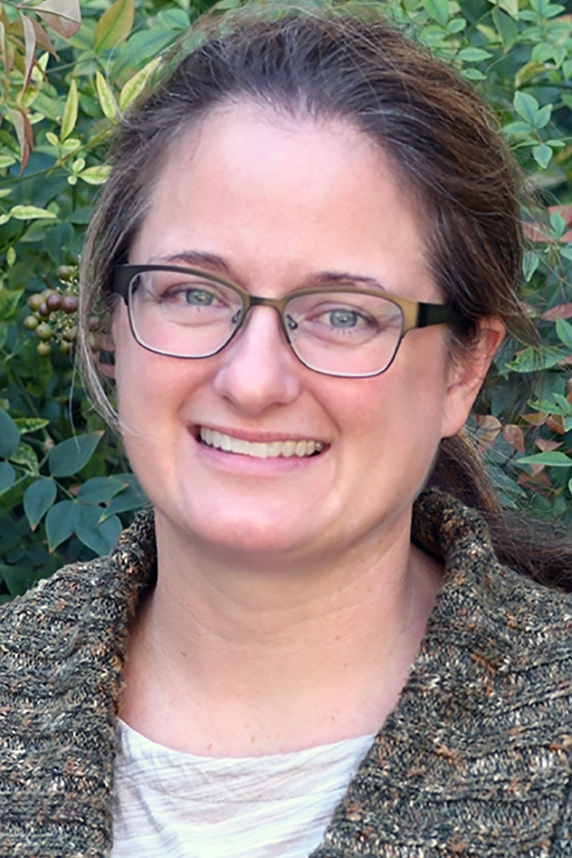 McReynolds is the first author on the study, published in Frontiers in Physiology in April 2021. (Photo courtesy of Kathy Keatley Garvey / UC Davis)
McReynolds is the first author on the study, published in Frontiers in Physiology in April 2021. (Photo courtesy of Kathy Keatley Garvey / UC Davis)Hammock explained that leukotoxins originate from linoleic acid, the body's most abundant dietary fat. Leukotoxins are converted to leukotoxin diols by an enzyme in cells called soluble epoxide hydrolase (sEH), which degrades metabolites of fatty acids.
According to the researchers, sEH conversion of fatty acids to leukotoxin diols may contribute to respiratory complications in COVID-19 and serve as a predictive biological marker for ARDS severity. In contrast, inhibiting sEH activity may offer an opportunity for treatment.
Stellar research
Hammock’s lab, which discovered sEH, has learned over the years that blocking its function with potent lab-made inhibitors means that beneficial metabolites, like those from omega-3 fatty acids, are not degraded. They are using these inhibitors to study sEH involvement in biological processes from Parkinson’s disease to obesity-related illnesses and inflammation.
This research has now been extended to resolving inflammation associated with COVID-19 and the lung damage that can follow. “Since the first day of funding, our SRP center research has focused on biomarkers,” said Hammock. “This COVID-19 research is a very unexpected but timely application of the investment in science by NIEHS.”
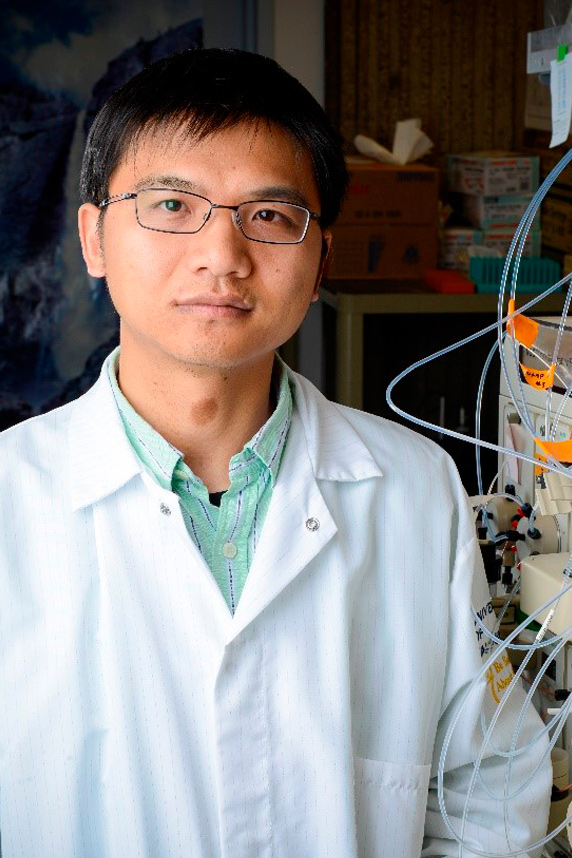 “This study resulted from an exciting collaboration with the UC Davis School of Medicine” said co-corresponding author Jun Yang, Ph.D., from Hammock’s lab. (Photo courtesy of Kathy Keatley Garvey / UC Davis)
“This study resulted from an exciting collaboration with the UC Davis School of Medicine” said co-corresponding author Jun Yang, Ph.D., from Hammock’s lab. (Photo courtesy of Kathy Keatley Garvey / UC Davis)The current study was made possible in part by Hammock’s grant under the NIEHS Revolutionizing Innovative, Visionary Environmental Health Research (RIVER) program. RIVER supports outstanding environmental health sciences researchers who demonstrate a broad vision and potential for continuing their impactful research with increased flexibility and stability in funding.
“The analytical technology used to discover these biomarkers was built over more than 30 years of NIEHS funding to the UC Davis SRP,” said Hammock. “Our flexibility to address an urgent environmental and human health need was provided by the foresight of NIEHS in developing the RIVER program to encourage creativity and new ideas for addressing critical problems.”
Citation: McReynolds CB, Cortes-Puch I, Ravindran R, Khan IH, Hammock BG, Shih PB, Hammock BD, Yang J. 2021. Plasma linoleate diols are potential biomarkers for severe COVID-19 infections. Front Physiol 12:403.
(This story is based on a press release by Kathy Keatley Garvey of UC Davis.)





